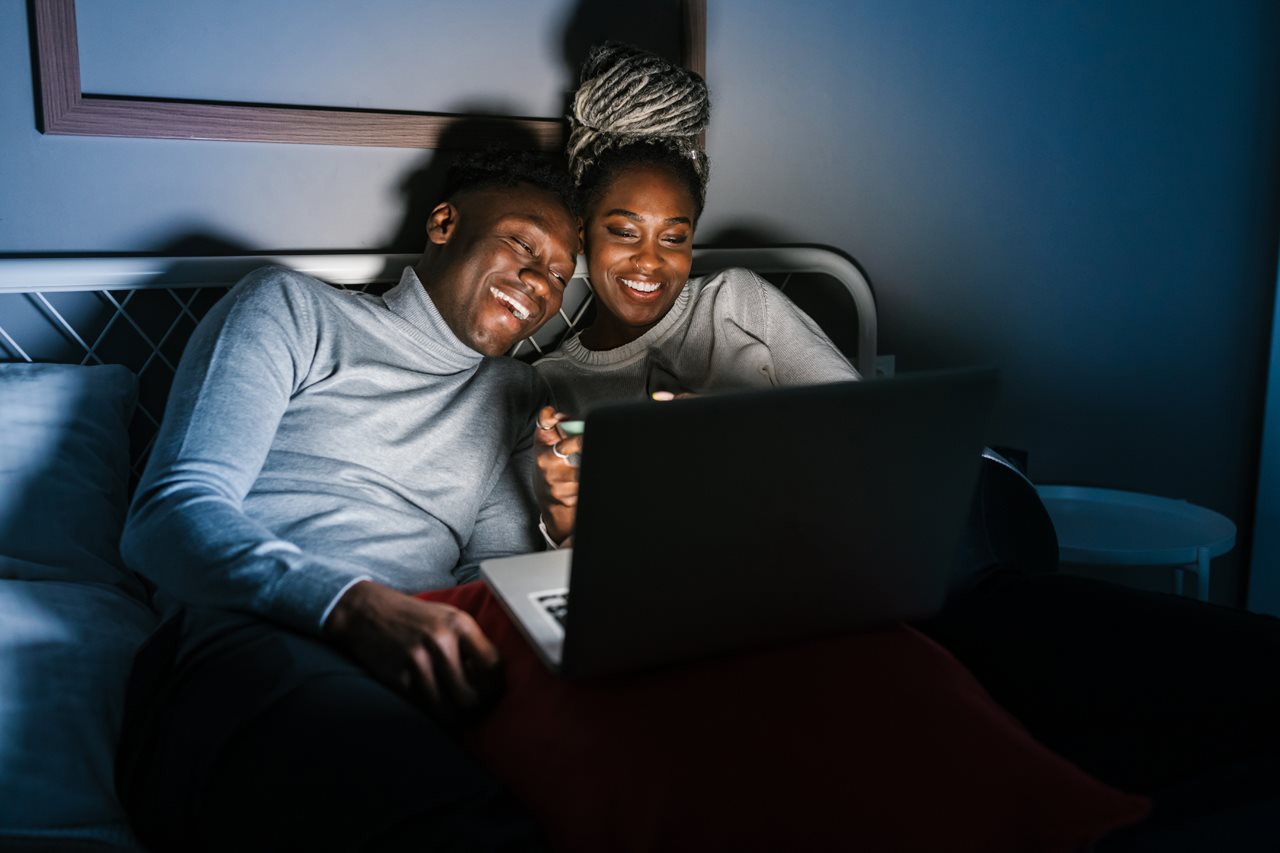(BPT) - Do you experience eye discomfort, fatigue or dryness after working on a computer or spending time on your smartphone? It could be digital eye strain, which can be felt after as few as two hours of digital device use and has become a common problem. According to a new survey by contact lens manufacturer CooperVision, seven in 10 people report experiencing symptoms associated with digital eye strain, with more than half of those saying they notice it multiple times per week.

It's no wonder. Digital devices are everywhere — smartphones, computers, tablets, e-readers, even the television. Between work, home and entertainment, it can be hard to find a time during any given day when you're not looking at a screen. The survey found half of respondents said they average six or more hours a day on digital devices, while one in four said they spend nine or more hours each day glued to their screens. Not surprisingly, most of that time is spent on a smartphone, with additional time on TVs, laptops, gaming devices, desktop PCs, tablets, smartwatches and e-readers.
What does all that screen time do to your eyes? In addition to discomfort, fatigue and dryness, other symptoms of digital eye strain include burning, soreness, teary or watery eyes, text moving or floating, blurred or double vision, and headaches. More and more people are making the connection between these symptoms and their device use.
"The data shows that screen time only continues to rise," says Dr. Michele Andrews, an optometrist who is Vice President, Marketing and Professional and Academic Affairs for CooperVision. "People are aware of the connection between digital device use and eye discomfort, and are interested in solutions to combat these symptoms."
Considering the fact people aren't going to be putting down their smartphones anytime soon, what are the best ways to address this problem? Here are some tips to help.
Stay hydrated. Another reason to down those eight glasses of water each day. When you're dehydrated, your body doesn't produce enough tears, which are essential for lubricating the eye.
Blink regularly. Focusing continually on a screen can create a sort of zombie effect where we forget to blink. This alone can contribute to dry eyes. When you're using screens, be conscious of this and remember to blink often.
Contact lenses designed to help. Many people don't know this option even exists. It's a new innovation by CooperVision designed specifically to help with eye tiredness and dryness associated with digital device use. The lenses come in daily disposable (MyDay Energys) and monthly replacement (Biofinity Energys) versions that use a single vision aspheric lens design called DigitalBoost Technology, which may help ease strain on eye muscles so the wearer can shift focus from on screen to off with less effort. They also feature Aquaform Technology, which retains water from core to surface without the need for surface coating or added wetting agents. It can make eyes feel less dry, even during times of reduced blinking such as when on digital screens.
20-20-20 rule. Haven't heard of this? It's a simple way to bring your eyes some relief. When you're using a screen, take a short break every 20 minutes and focus on an object at least 20 feet away for 20 seconds. It helps give your eyes a reset, relaxes eye muscles and lets you refocus on your tasks.
Blue light glasses or screen filters. Blue light emitted by screens has been said to cause eye strain and even sleep disruptions when you spend time scrolling before bed. Whether they need corrective lenses or not, many people are opting for glasses that filter out blue light. While not proven to be effective, these glasses can be worn while using any device and may help reduce digital eye strain. As another option, there are blue-light-filtering overlays designed to be affixed to the screens of many devices.

Adjust your screen settings. A too-bright screen in a low-light environment can stress your eyes. Many devices automatically adjust brightness depending on time of day or night, but if yours doesn't, make sure the screen brightness isn't too harsh.
Reduce glare. Check your overhead lights, natural sunlight streaming in from windows or any sort of external brightness that can cause you to squint at the screen to see what's there.
Use lubricant eye drops. These can moisten your eyes and alleviate dryness.
Maintain good posture. Sound weird? Good posture does actually help with eye strain by positioning your body in such a way that it's easier to look at the screen.
Talk to your eye doctor. Of course, your eye doctor is the best resource for help with addressing symptoms of digital eye strain. Be sure to ask for their recommendations at your next appointment.
By following these simple tips, you can help ease the eye strain that can result from all of that screen time.